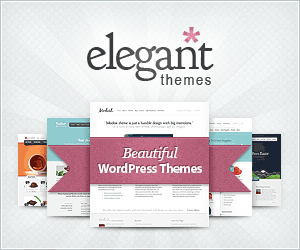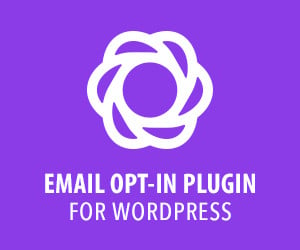Sales funnel websites are specifically designed to guide potential customers through the stages of the sales funnel, ultimately leading them to make a purchase or complete a desired action. These websites focus on conversion optimization, user experience, and persuasive design to encourage visitors to move from one step of the funnel to the next. The primary goal of a sales funnel website is to convert visitors into customers.
Key elements of a sales funnel website include:
- Landing pages: These are the entry points to the funnel, often tailored to specific marketing campaigns, products, or services. Landing pages should be visually appealing, have a clear value proposition, and include a strong call-to-action (CTA) to encourage visitors to take the next step.
- Lead magnets: Lead magnets are valuable content or offers provided in exchange for a visitor’s contact information, such as an email address. Examples of lead magnets include e-books, whitepapers, webinars, or discounts. They help capture leads and move them into the interest and consideration stages of the funnel.
- Email marketing: Once a lead’s contact information is collected, email marketing campaigns can be used to nurture the relationship by providing relevant and valuable content, promoting special offers, or sharing customer testimonials. Email marketing helps keep prospects engaged and moves them closer to conversion.
- Product or service pages: These pages showcase the features, benefits, and pricing of the product or service. They should include high-quality images, engaging copy, and clear CTAs to encourage visitors to make a purchase or request more information.
- Trust-building elements: Social proof, such as testimonials, case studies, or customer reviews, can be integrated into the website to build trust with prospects. Trust badges, such as security seals and industry certifications, can also help establish credibility and alleviate concerns about online transactions.
- Sales pages: These pages are designed to convert prospects into customers by providing a compelling sales pitch and highlighting the unique selling proposition (USP) of the product or service. Sales pages may include a combination of text, images, videos, and interactive elements to persuade visitors to take action.
- Checkout process: A well-designed checkout process minimizes friction and makes it easy for customers to complete their purchase. This may involve a simple and secure payment process, multiple payment options, clear shipping and return policies, and options for creating an account or checking out as a guest.
- Post-conversion engagement: Sales funnel websites should also focus on retaining customers and encouraging repeat purchases through personalized content, loyalty programs, and re-engagement campaigns.
Sales funnel websites are an effective way for businesses to optimize their online presence for conversion, guiding visitors through the decision-making process and encouraging them to take action. By focusing on each stage of the funnel and continuously refining the user experience, businesses can improve their conversion rates and drive sales growth.



